30+ Rental Inspection Checklist
-
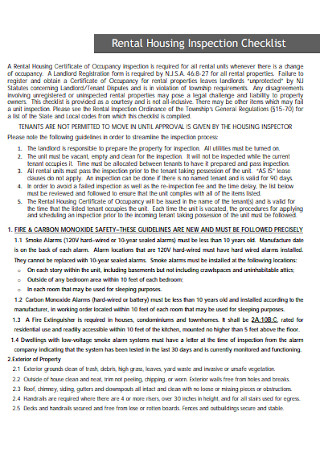
Rental Housing Inspection Checklist
download now -
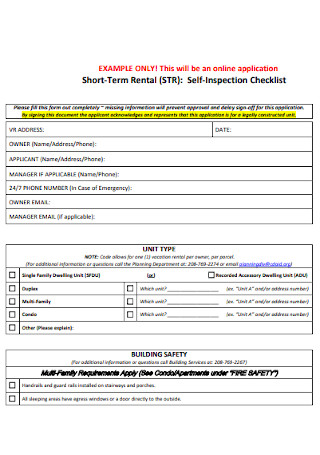
Short Term Rental Self Inspection Checklist
download now -

Residential Rental Inspection Checklist
download now -
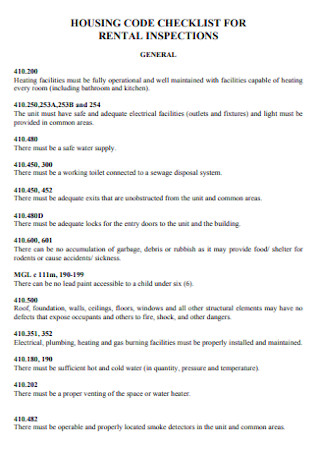
Housing Code Checklist for Rental Inspection
download now -
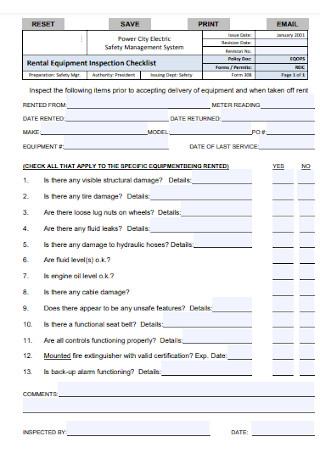
Rental Equipment Inspection Checklist
download now -

Inspection Checklist For Rental Properties
download now -
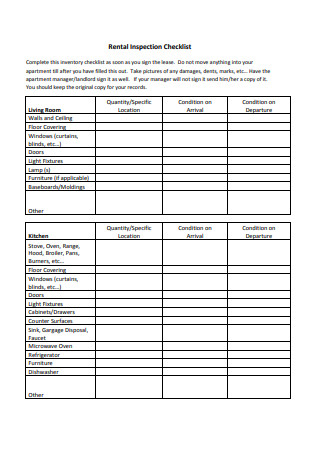
Sample Rental Inspection Checklist
download now -

Rental Dwelling Inspection Checklist
download now -
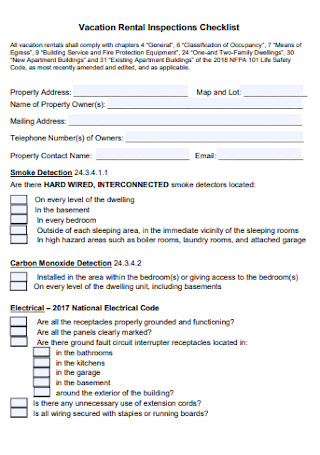
Vacation Rental Inspections Checklist
download now -
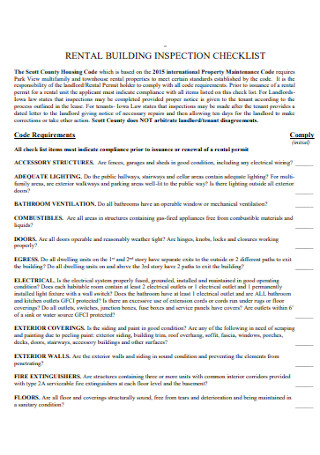
Rental Building Inspection Checklist
download now -
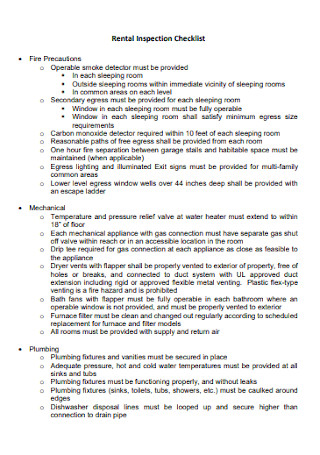
Rental Licensing Inspection Checklist
download now -

Basic Rental Inspection Checklist
download now -
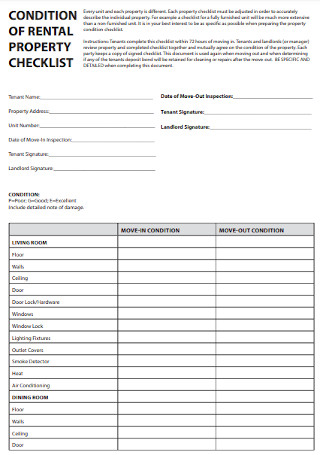
Rental Property Move in Checklist
download now -
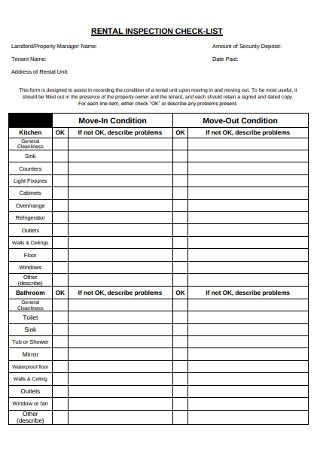
Rental Inspection Move in Checklist
download now -
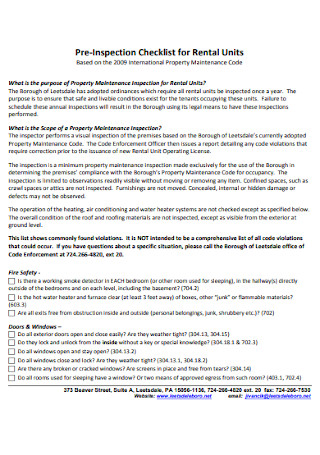
Pre-Inspection Checklist for Rental Units
download now -
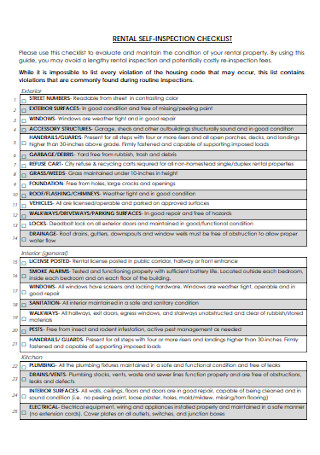
Rental Self-Inspection Checklist
download now -
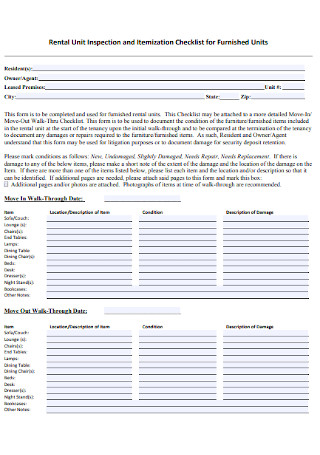
Rental Unit Inspection and Itemization Checklist
download now -
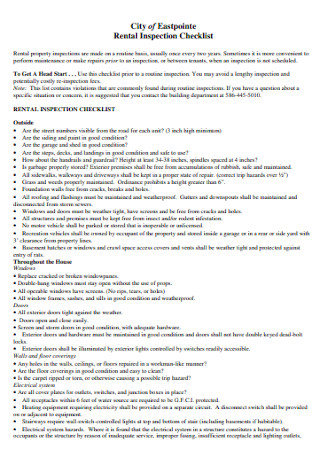
City of Rental Inspection Checklist
download now -

Rental Inspection Clean-up Checklist
download now -

Rental Inspection Program Checklist
download now -
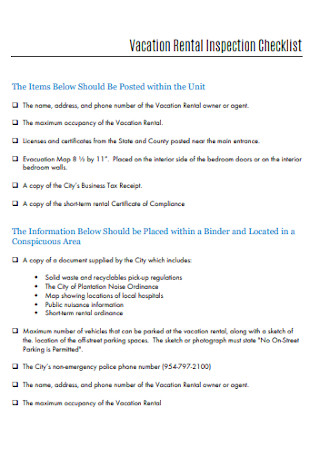
Sample Vacation Rental Inspection Checklist
download now -
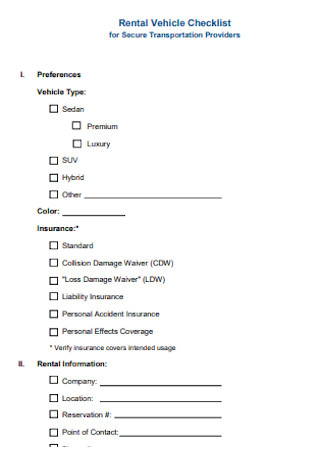
Rental Vehicle Checklist for Secure Transportation
download now -

Rental Dwelling Safety Inspection Checklist
download now -
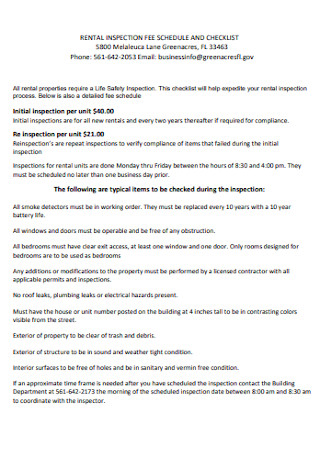
Retal Inspection Fee Checklist
download now -

Rental Inspection Checklist Form
download now -

Family Rental Home Self?Inspection Checklist
download now -
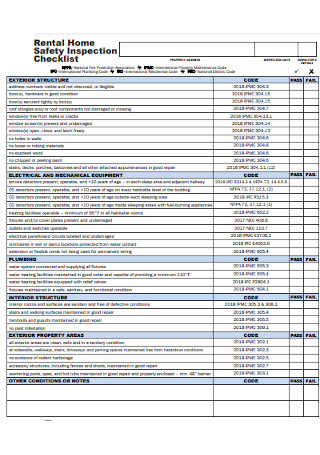
Renal Home Safety Inspection Checklist
download now -
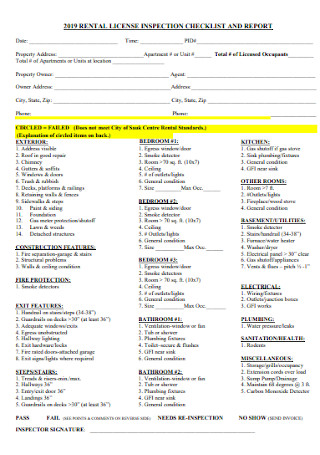
Rental License Inspection Checklist
download now -
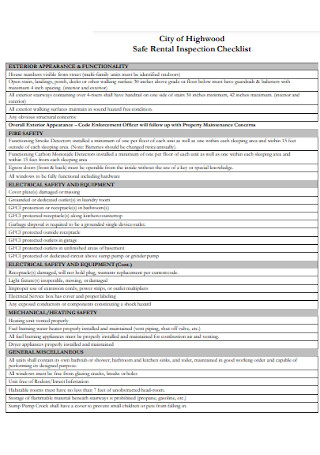
Safe Rental Inspection Checklist
download now -
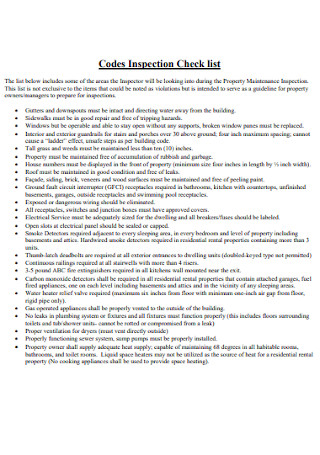
Rental Codes Inspection Check list
download now -
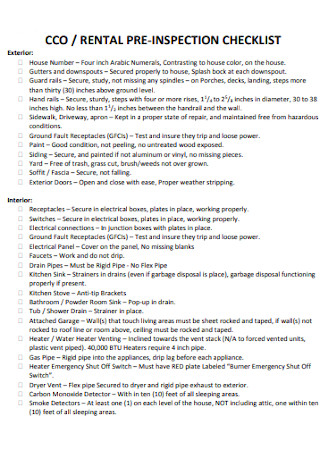
Rental Pre-Inspection Checklist
download now
FREE Rental Inspection Checklist s to Download
30+ Rental Inspection Checklist
What Is a Rental Inspection Checklist?
What Are the Common Elements of a Rental Inspection Checklist?
How to Make a Rental Inspection Checklist
FAQs
What are the other names of a rental inspection checklist?
How much do apartment rentals cost?
What advantages come after conducting a rental inspection?
What Is a Rental Inspection Checklist?
A rental inspection checklist often functions in two ways: (1) it works as a survey checklist where you inspect and evaluate how good or bad the condition of a rental property is, and (2) it functions as a to-do list wherein the document contains a series of tasks on how to do the rental inspection smoothly. Nonetheless, the document serves as a reference in reassuring that rental inspections work exactly as planned.
According to Statista’s February 2021 survey, a two-bedroom apartment for rent in the US is said to cost around $1,100 on average.
Why Is a Rental Inspection Checklist Important?
A rental inspection checklist is essential as it concerns both the landlord and the tenant. First of all, property management or landlords would want to maintain their properties in excellent condition so that every room will be ready before, during, and even after a tenant’s occupation. And for tenants, the checklist will help them see if the rental property passes their standards and if any hidden damage could let them be refunded or look for another option instead.
Most importantly, rental inspection checklists make rental inspections a lot easier. If you inspect without a detailed strategic plan, chances are you have done the inspection poorly or there were some steps and considerations that were forgotten in the process. Use the list as your guide on how to perfect the inspection instead. Also, this checklist is not simply used for housing rentals. You can also set an inspection for a car rental, equipment rental, and other examples. So don’t limit its purpose to housing properties only.
What Are the Common Elements of a Rental Inspection Checklist?
You can’t simply use one rental inspection checklist for every house, apartment, or rental property out there. It has to be customized or personalized where the details are appropriate for the property itself. Hence, different details apply per checklist. But generally, standard rental inspection checklists contain the following elements:
How to Make a Rental Inspection Checklist
A rental inspection checklist is one form you can’t simply take for granted. Remember that a rental property is on the line here and it only makes sense for these properties to be in top shape as much as possible. Otherwise, renters might move out from your home property if things aren’t looking good for the property itself. And although a rental inspection checklist’s function is simple to understand, the challenge lies in creating the said checklist. So in this section, learn the steps of making a rental inspection checklist.
Step 1: Study the Rental Property First
Don’t make a checklist without having enough knowledge about the rental property yet. First, define the property if it concerns a house rental, vehicle rental, or any other example. Next, study the property’s features. If you are concerned with an apartment, then check how many rooms are available, what utilities are present, etc. This way, you will have an idea of what to inspect in the long run. For example, it would be bad to include laundry room inspections in the checklist if there was no laundry room at all in the apartment. Familiarize everything and you would know what sort of inspections to add to the list afterward.
Step 2: Use a Sample Rental Inspection Checklist
Looking for the easiest way of making rental inspection checklists? Simply download from any of the sample rental inspection checklists listed in this post. But, be sure to choose carefully where your layout fits accordingly to your purpose. For example, you choose the survey checklist type of rental inspection if you are planning to evaluate a rental inspection rather than setting a to-do list of how to inspect the property. And most importantly, don’t forget to insert all the necessary elements of a rental inspection checklist, which you already learned before.
Step 3: Divide the Tasks or Criteria into Categories
Don’t simply make a master list of the whole inspection process. Instead, you can divide the criteria or list of tasks into categories. Think of it like an organizational chart where there is one category for interior inspections and another for exterior inspections. You can also be more specific than that by having the electricity, porch, lighting, climate control, and other divisions for your categories. With this practice, your checklist is going to be very organized.
Step 4: Go for an Easy-to-Follow Structure
Be sure you won’t have a hard time following your checklist afterward. To make sure of that, observe if you think the checklist has given clear instructions, easy-to-follow format, or legible enough to read too. What matters the most is you find it convenient in inspecting once you base on this checklist. Don’t forget to alter the format and design in which your most preferred version must follow.
Step 5: Decide the Final Output of the Checklist
Lastly, finalize the output of your rental inspection checklist. Should you go for MS Word or PDF format? And should you print the checklist or keep a digital copy? The decision is up to you. Also, come up with final evaluations to the checklist because it should be error-free no matter what. A flawed checklist could very well hinder your actual inspection’s success rate. And once you are confident with the outcome, produce it until more people would consider renting such properties.
FAQs
What are the other names of a rental inspection checklist?
A rental inspection checklist may be referred to as a rental walkthrough checklist, move-in checklist, move-out checklist, or a condition of rental property checklist.
How much do apartment rentals cost?
An apartment rental’s cost would vary as it depends on the space size, the landlord’s decision, the amenities, and more. But generally, two-bedroom apartments in America cost about $1,100 on average.
What advantages come after conducting a rental inspection?
After successfully doing a rental inspection, you can verify if tenants want to move in, start scheduling for possible repairs, document the overall condition of the rental property, prevent false representations regarding the rental unit’s condition, and identify the rental property’s current market value.
You should know by now that periodic rental inspections should be strictly implemented. At the end of the day, the benefits of inspecting are for everyone’s sake. For example, landlords can maintain a better condition for their properties to satisfy tenants and a renter will be confident enough to spend for the rental lease if the properties are in top-notch condition; hence, a win-win situation. But, the outcome wholly depends on how the inspection was actually done. And that leads you to rely on a rental inspection checklist for a higher success rate in inspecting rental properties. Download a sample rental inspection checklist now!
